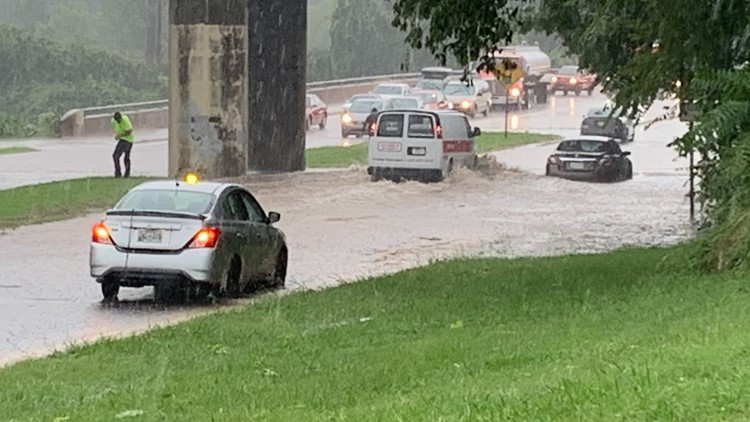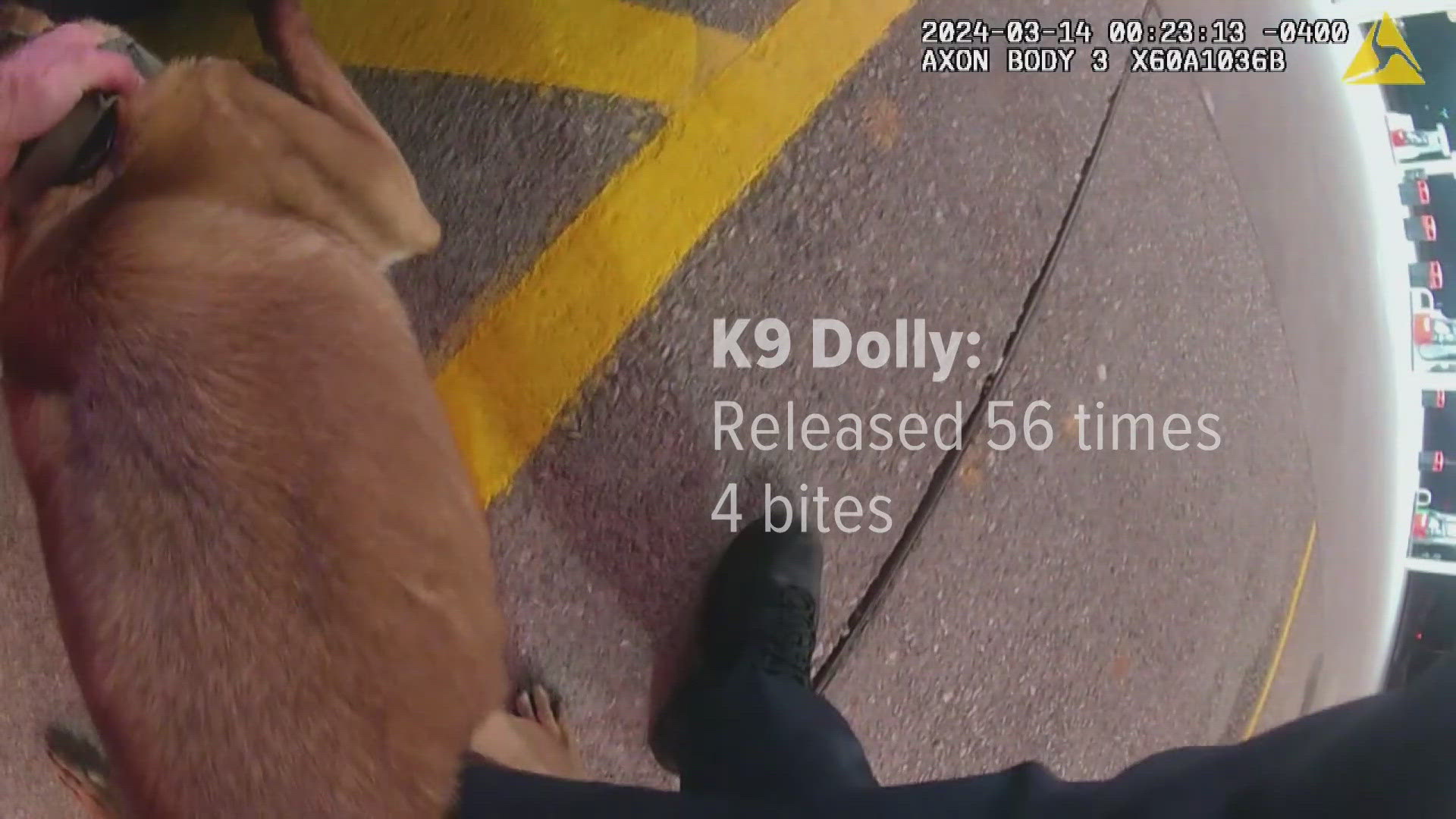Heavy rain is making driving conditions dangerous across East Tennessee. The National Highway Traffic Safety Administration estimates that drivers have a 70 percent higher chance of having an accident when it rains.
According to statistics from The National Weather Service (NWS), the deadliest of all severe weather categories is actually flooding. Not even lightning causes more deaths per year on average, and the only weather related topic found to be more deadly are heat waves.
Part of the reason for this high rate of impact to life is how often flooding is underestimated by people living through it. Every time a road floods you can find someone trying to drive through and getting stuck when their vehicle floats or stalls out.
Not only does this put their life at risk, but the lives of those who have to rescue them as well. For that reason, the NWS promotes the saying "Turn Around, Don't Drown" in all of their flooding awareness materials.
Keep that in mind as we look at some advice around flooding and how to understand flood related alerts.
Flood Safety Tips:
- Never play in flood waters. They may contain strong currents or hazardous materials.
- If flooding is occurring or expected to occur, and you live in a low-lying area, move to higher ground.
- NEVER drive through a flooded roadway or around a barricade.
- The road may be washed out below.
- You cannot tell how deep the water is or how strong the currents are.
- 6 inches of water can cause cars to lose control or stall.
- 1 foot of water will float most vehicles.
- 2 feet of water will take almost any vehicle, including trucks/SUVs.
- Do not walk through moving water, 6 inches of rushing water can knock you down.
- If you must walk through non-moving water, use a stick to check the ground ahead of you.
Tips for Driving on Wet Roads:
- Do not restart a vehicle that shuts down in standing water. The restart of a vehicle in standing water could cause extreme damage to your vehicle.
- Double-check that your tires are properly inflated. Check the tread depth of your car’s tires by inserting a quarter upside down into a tire groove. If you can see above Washington’s head at any point, it’s time for new tires.
- Reduce your speed and distance yourself from the vehicle in front of you.
- Avoid the use of cruise control. You will reduce speed easier without the engagement of cruise control.
- Do not use high beam lights. The extra light could blind other drivers and be a distraction to you on the road.
- Pull off the road if your visibility is reduced.
- Turn off hazard lights while driving. You may confuse other motorists and cause a crash.
- Abandon your car and seek higher ground if the vehicle stalls in a flooded area.
Understanding Flood Alerts:
- Watches: Like with other weather alerts, a watch means flooding conditions could occur, while a warning means they are occurring or are imminent.
- Flood Advisory: Minor flooding expected, mostly in low lying areas. Not a major threat to life or property.
- Flood Warning: Life/property threatening flooding is expected. Water rise over a period longer than 6 hours.
- Flash Flood Warning: Life/property threatening flooding expected with waters rising rapidly and violently, happening in less than 6 hours time. May be issued related to ongoing rainfall or dam/levee failure.
- River Flood Warning: Life/property threatening flooding is expected along and near a waterway. Waters will rise above, or stay above, flood stage for a given waterway. As water continues to drain into the waterway after a rain event has passed, river flooding can last for days or weeks at a time.



